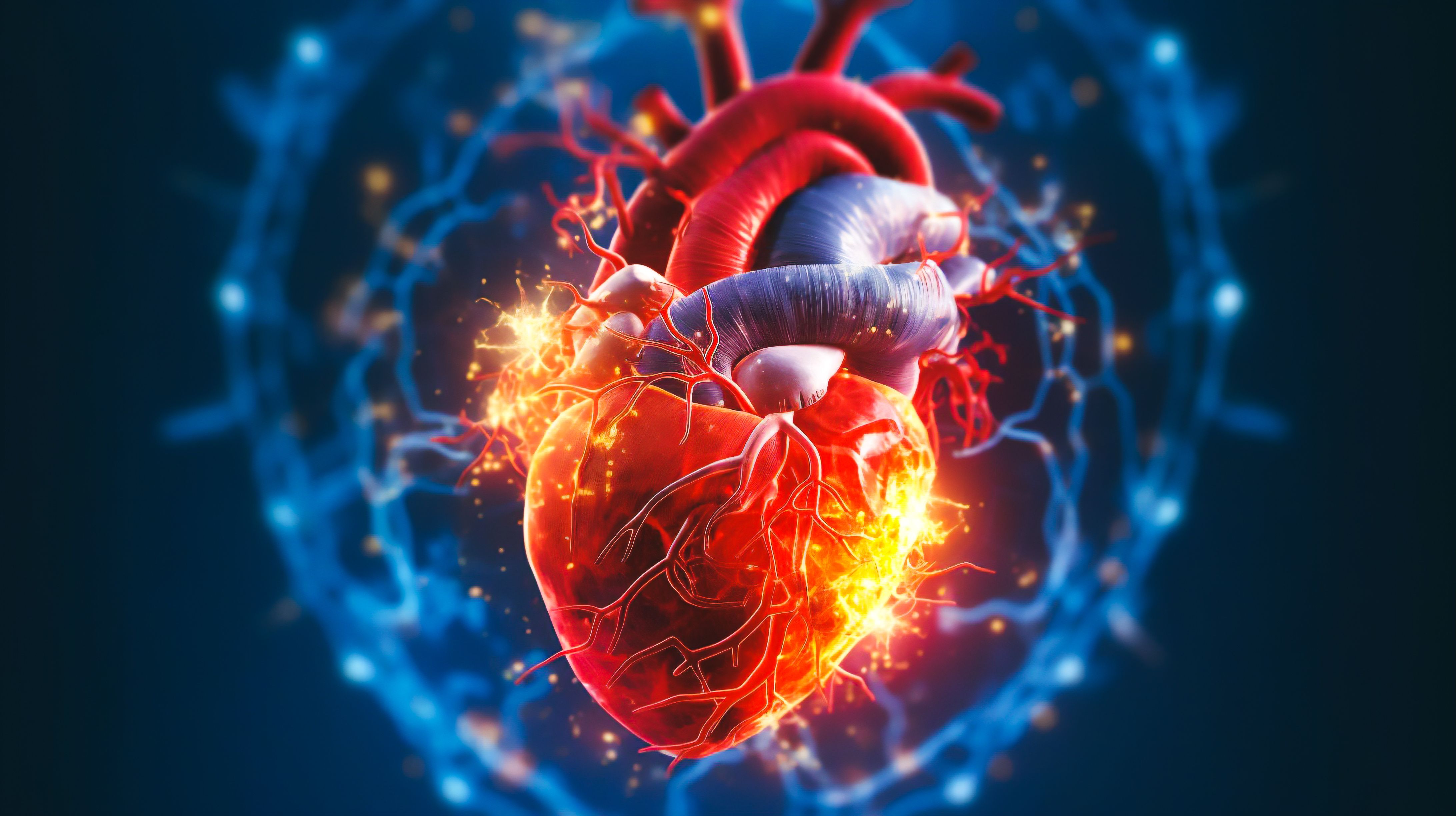Article Highlights
- Cardiovascular diseases encompass various heart and blood vessel disorders, contributing significantly to global mortality rates.
- Researchers from Concordia University conducted a review focusing on lipid dysregulation, crucially linked to CVDs, particularly exploring its role in cellular functions and tissue lipidomics.
- The review critically evaluates recent advancements in untargeted LC–MS workflows for tissue lipidomics, discussing methodologies, MS workflows, and clinical applications.
- Tissue lipidomics offers promise for studying lipid dysregulation, guiding biomarker discovery, and enhancing understanding of cardiovascular health for personalized interventions.
Cardiovascular diseases (CVDs) refer to a group of disorders that affect the heart and blood vessels, often leading to serious complications and even death if left untreated. These diseases encompass a wide range of conditions, including coronary artery disease, heart failure, stroke, peripheral artery disease, hypertension, arrhythmias, and others (1,2). They are among the leading causes of death globally, posing significant health challenges and socioeconomic burdens. They especially impact men, particularly after undergoing hormonal treatment for prostate cancer (1).
To learn more about CVDs, two researchers from Concordia University in Montreal, Quebec, Dajana Vuckovic and Ana Carolina Alves dos Santos, conducted a comprehensive review on the subject in the journal TrAC Trends in Analytical Chemistry (3). Much of the review article looks into lipid dysregulation, which is intricately linked with various disorders, particularly CVD (3).
Lipids are defined as the fatty molecules that play a critical role in cellular structure and function. Because of their role in cellular functions, the health of lipids in the human body is important when it comes to health and disease (3). Understanding their levels and distribution in cardiovascular and adipose tissues is essential for deciphering the underlying mechanisms of regulation and identifying potential therapeutic targets. However, studying tissue lipidomics presents unique challenges because of the invasive nature of sampling, often requiring biopsies or surgical intervention (3).
This review article from Concordia University critically evaluates the current status and recent advancements in untargeted liquid chromatography–mass spectrometry (LC–MS) workflows for tissue lipidomics. This includes methodologies for lipid extraction, separation modes, MS workflows, and their clinical applications in understanding CVD and obesity (3). Additionally, the authors highlight the importance of stringent quality control (QC) practices, such as the selection of internal standards and reference materials, to ensure the reliability and reproducibility of lipidomics data (3).
The review article then delves into the challenges in lipidomics technologies and resources over the past few years. The authors discussed the difficult of translating the research findings into clinical insights. They cited that there is a limited availability of studies on lipid levels in cardiovascular and adipose tissues in clinical populations, coupled with methodological differences and difficulties in harmonization (3).
Read More: The Use of Portable Near-Infrared Spectroscopy for Authenticating Cardiovascular Medicines
Tissue lipidomics holds immense promise. It provides a means to study localized lipid dysregulation and evaluate the impact of nutritional interventions on health outcomes (3). Furthermore, it can guide biomarker discovery and shed light on novel lipid regulation mechanisms and treatments (3). Yet, the extent to which tissue-level biomarkers correlate with more easily accessible biospecimens, such as plasma or serum, remains to be fully elucidated.
As researchers continue to refine methodologies, expand lipid coverage, and enhance data harmonization, the field of tissue lipidomics stands poised to revolutionize our understanding of cardiovascular health and pave the way for personalized interventions and treatments.
This article was written with the help of artificial intelligence and has been edited to ensure accuracy and clarity. You can read more about our policy for using AI here.
References
(1) Georgia Cancer Center at Augusta University, $1.1 Million Department of Defense Grant Supports Augusta University Research Linking Prostate Cancer and Cardiovascular Diseases. Available at: https://www.onclive.com/view/-1-1-million-department-of-defense-grant-supports-augusta-university-research-linking-prostate-cancer-and-cardiovascular-diseases (accessed 2024-03-19).
(2) Mensah, G. A.; Fuster, V.; Murray, C. J. L. Global Burden of Cardiovascular Diseases and Risks, 1990–2022. J. Am. Coll. Cardiol. 2023, 82 (25), 2350–2473. DOI: 10.1016/j.jacc.2023.11.007
(3) Dos Santos, A. C. A.; Vuckovic, D. Current Status and Advances in Untargeted LC–MS Tissue Lipidomics Studies in Cardiovascular Health. TrAC Trends Anal. Chem. 2024, 170, 117419. DOI: 10.1016/j.trac.2023.117419

.png&w=3840&q=75)

.png&w=3840&q=75)



.png&w=3840&q=75)



.png&w=3840&q=75)






